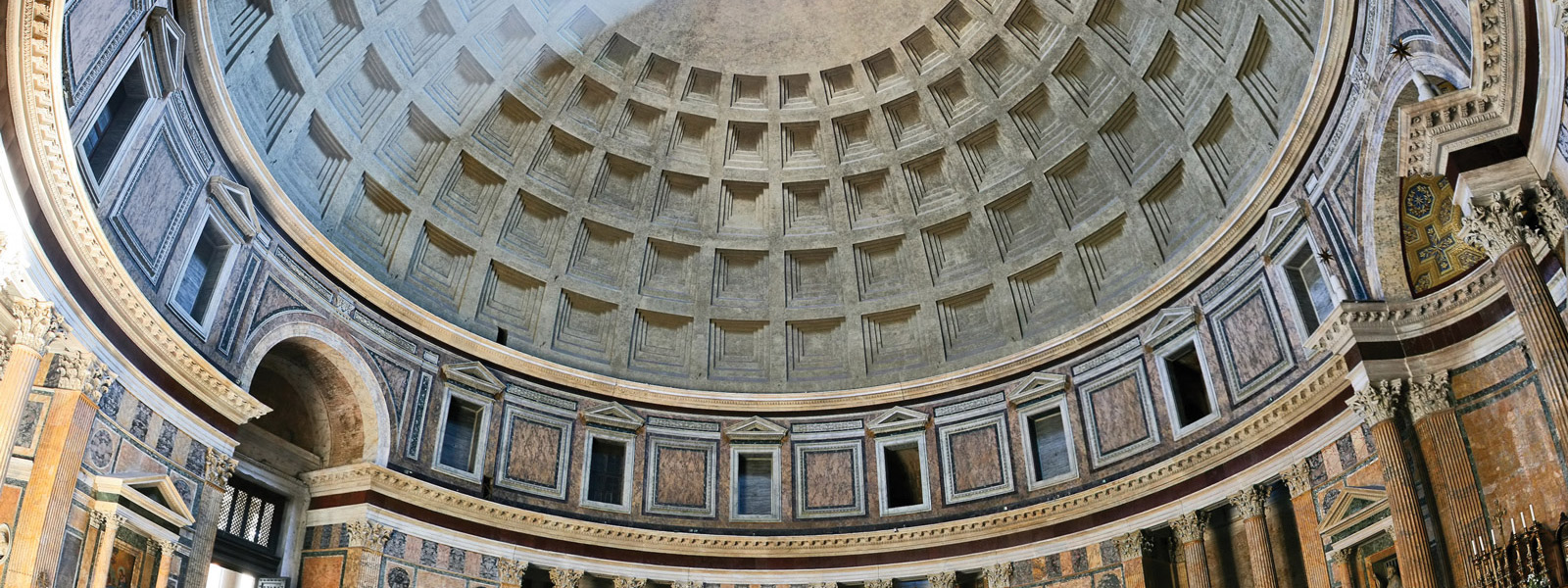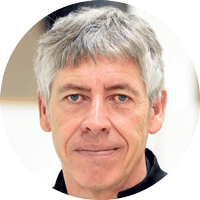

| Catholic University faculty and students are immersed in a culture of research. In this series we offer a sampling of the many big questions they are working on. |

Julio Bermudez has been studying the relationship between architecture, culture, and spirituality for nearly 30 years. Certain features of architecture are conducive to creating a contemplative mind, he says.
“Since time immemorial, sacred architecture has been a way to establish a relation with the divine. Enter a church and, no matter who you are, you immediately begin to open yourself to something larger than you. Why does this happen? How can a physical thing transcend the material world? And don’t you feel a particular, different way when you enter a Christian place?”
“We asked the Templeton Foundation to fund a project allowing us to use mobile EEGs to measure people’s experience of two buildings, perhaps the Basilica of the National Shrine of the Immaculate Conception or the National Cathedral, and a building on the same significant scale but secular, like Union Station. Is there anything in the brain that correlates with the experience? What’s the neurophenomenology of these architectures?”
“First, if I’m going to spend 10 hours a day and weekends on my work, I have to have an overlap of my professional practice with my spiritual practice. Second, I believe that the world is in need of spiritual transformation, and the way I try to contribute to that is architecture. My way is to teach the next generation to do architecture that allows this transformation to happen and, since I’m an academic, to figure out how this can be done.”
Julio Bermudez is a professor in the School of Architecture and Planning where he directs the Cultural Studies and Sacred Space graduate concentration programs. He has published two books: Transcending Architecture: Contemporary Views on Sacred Space and Architecture, Culture, and Spirituality. In 2007, he cofounded the Architecture, Culture, and Spirituality Forum, which now has more than 400 members representing 48 countries.